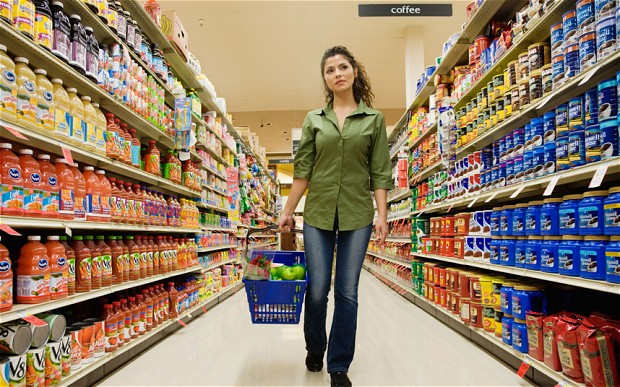Future industry innovations predicted

Lack of growth, price pressure from food retailers and changing consumer behaviour are all creating a challenging environment for the food sector; however, new technologies and innovations – such as 3D printed food, algae and insects as a form of protein, wearable technology and smart shopping tools – are predicted to have the potential to structurally change the food supply chain in the very near future. In the context of sustainability, convenience and health, Rabobank has gauged the viability and timing of a selection of innovations that have the ability to drastically change the market in its report What’s Cooking in Tomorrow’s Kitchen.
“Traditionally static consumption patterns have undergone a transformation and we believe there are now three prevalent consumer mindsets for food buying: sustainability, convenience and health,” explains Rabobank analyst Jelle Groot. “Understanding these mindsets and using appropriate innovations could not only have a game changing effect on food processors’ businesses, but will be essential to remain relevant in a highly competitive environment.”
For consumers with a sustainable mindset, alternative ingredients may replace existing ones. In the face of a growing global population and limited natural resources, alternative ingredients that are more environmentally friendly – such as macroalgae (seaweed), microalgae and insects as a form of protein, are promising. However, adoption may take time as challenges lie in scale, cost competitiveness and consumer acceptance. Significant research and development, marketing and promotional efforts by food companies will be required to develop products with these novel ingredients at a price level consumers will pay.
The convenience trend centres on reducing consumer’s time, effort and energy. Over the next two decades, online food shopping will continue to grow and inside stores, new technologies will enable retailers to deliver an augmented shopping experience, helping companies engage with customers through personalised offers and product suggestions to fit with diet and lifestyle.
Those consumers with a health mindset want to increasingly understand what their bodies need, and eat accordingly. Wearable technology and self tracking apps are already in the market to help consumers ‘quantify’ and track data on their lives, including calories consumed.
New technologies in this category will facilitate personalised diets and customised food. This will include 3D printed food which can be personalised with respect to nutritional values and ingredients, as well as flavour, texture and size. Handheld food scanners allowing users to get the nutritional values of food also looks set to rise in popularity. However, this will lead to food companies being challenged to deliver more consistent quality.
Predicting the future is impossible, but technologies such as wearable devices and smart shopping tools are already changing consumer mindsets and demands, says Rabobank. Playing into these trends comes at a cost, and while the results are uncertain, using innovations that tap into consumer trends can help processors find those much sought after pockets of growth.



